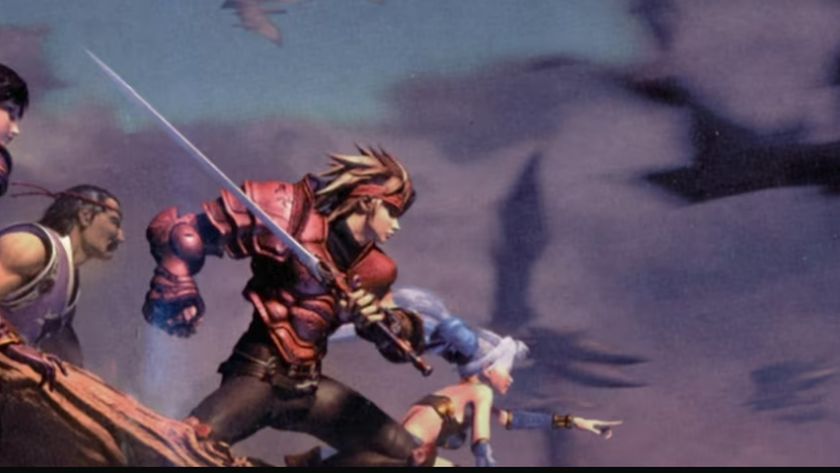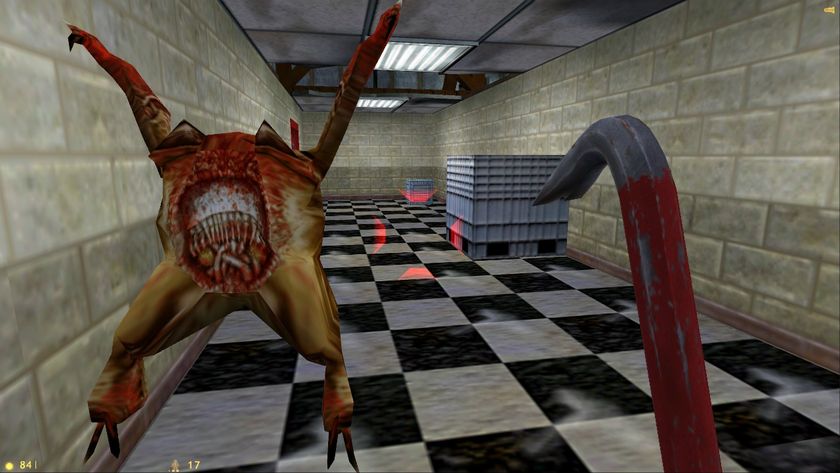Balatro creator added extra Jokers to the hit roguelike because someone at its publisher "mentioned something about '150 Jokers' and instead of correcting them I just made 30 more"
Could you survive without these cards?
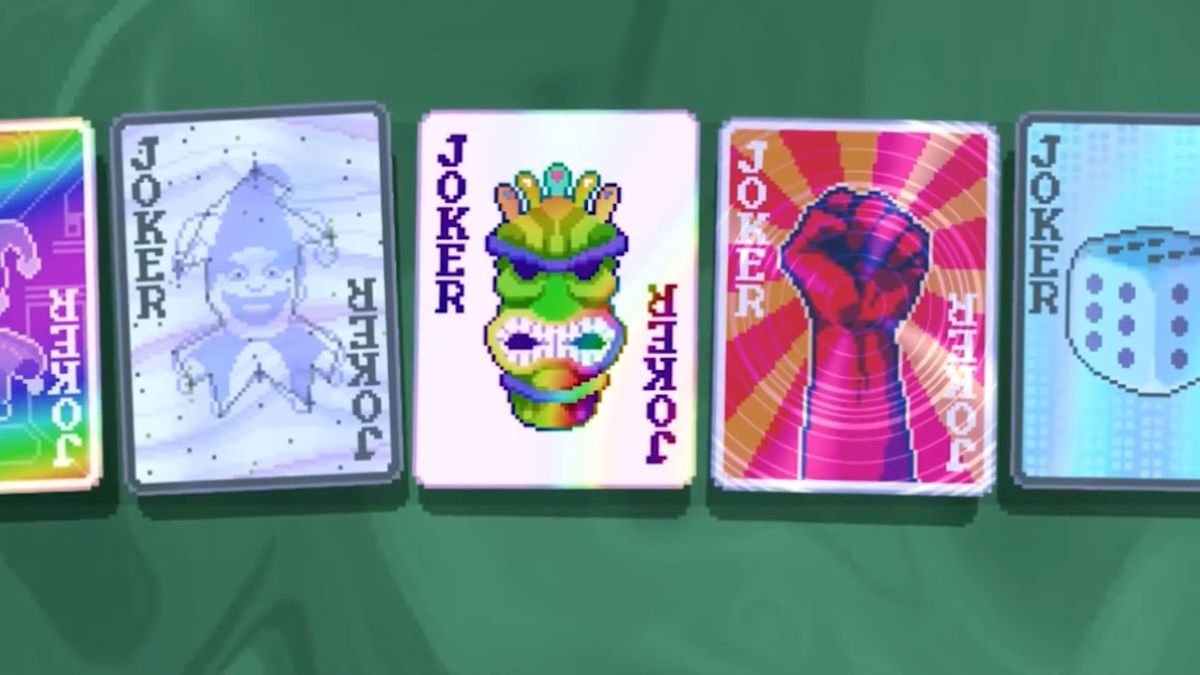
Roguelike deck-builder Balatro is one of the best roguelike games because it's like real poker with about 100% less risk and 100% more surrealist fun. Special Joker cards with unique, enhancing abilities are integral to winning, letting players do devious things like amass more money or multiply their scores. And according to Balatro's solo developer LocalThunk, there wouldn't be so many of them if it weren't for a slight miscommunication.
"I once told Playstack (my publisher) that the full version of Balatro would have 120 Jokers," LocalThunk said on Twitter. "In a meeting later that week, they mentioned something about '150 Jokers,' and instead of correcting them, I just made 30 more Jokers."
Because they didn't plan to have 150 Jokers, LocalThunk says they initially had no ideas for the additional cards, but that "life finds a way."
Though LocalThunk doesn't remember which 30 Jokers owe their existence to life finding a way, in a separate tweet they share that several fan-favorite cards would "be in the ether if I spoke up." Those cards include Lucky Cat (which earns a 0.25x multiplier whenever a Lucky card is played), Baseball Card (which supplies a 1.5x multiplier for each Uncommon Joker you hold), and the rare card Campfire (which receives a 0.25x multiplier per each card you sell).
"So… the best ones?" replies one fan on Twitter.
"A lot of these are personal favorites," says a popular reply. "Thanks for not speaking up."
"Thank GOD you have social anxiety, or this game would be so much harder," agrees another fan. It's true. At its core, LocalThunk's story is a moral tale: now we know there's at least one thing that being too quiet is good for.
Sign up to the 12DOVE Newsletter
Weekly digests, tales from the communities you love, and more

Ashley is a Senior Writer at 12DOVE. She's been a staff writer at Kotaku and Inverse, too, and she's written freelance pieces about horror and women in games for sites like Rolling Stone, Vulture, IGN, and Polygon. When she's not covering gaming news, she's usually working on expanding her doll collection while watching Saw movies one through 11.

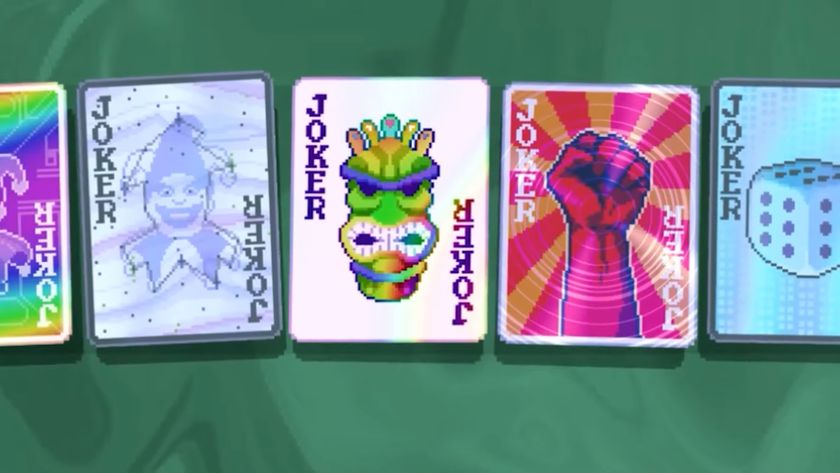
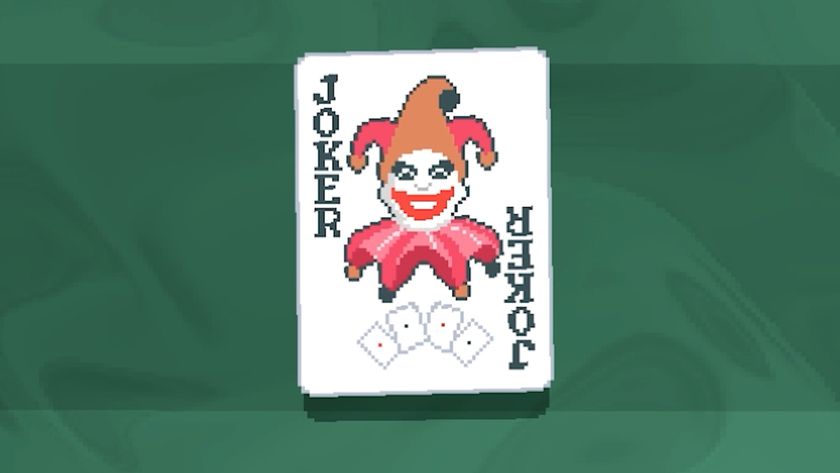



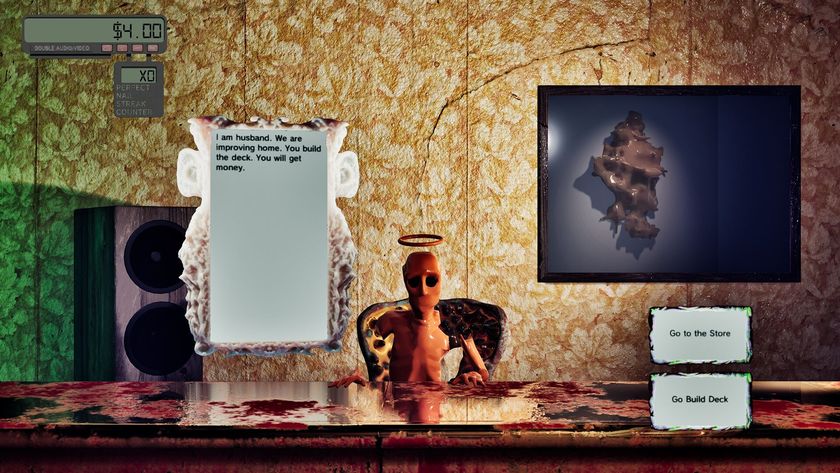
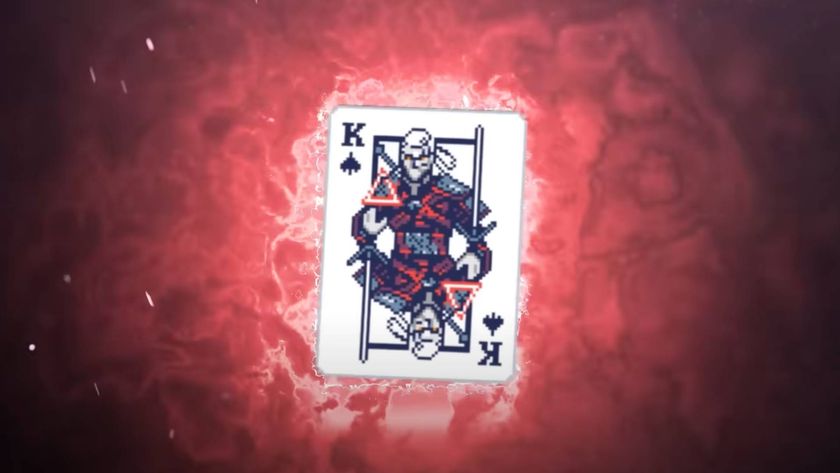
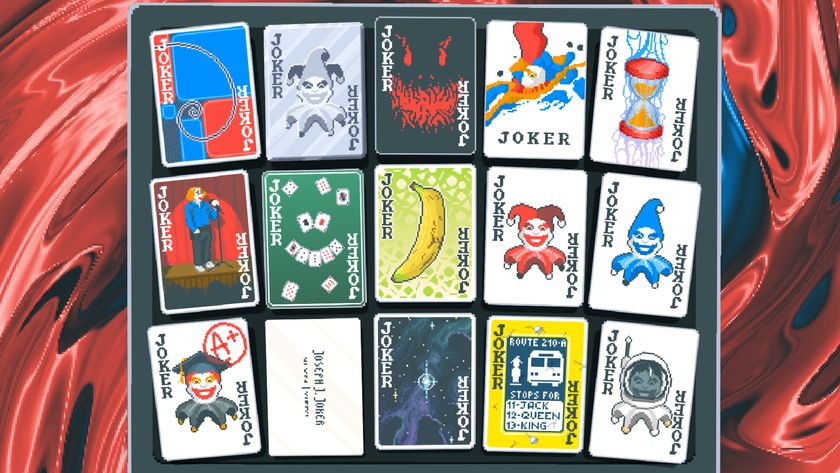



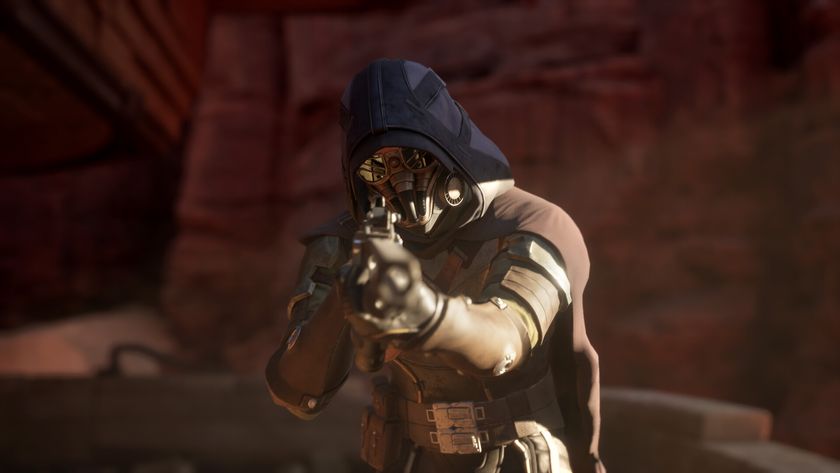






With 97% positive reviews on Steam, Rogue Light Deck Builder is a hilarious $3 parody game that takes its name very literally

Baldur's Gate 3 director Swen Vincke says indie poker roguelike Balatro was his 2024 GOTY, beating out Final Fantasy 7 Rebirth, Astro Bot, and Elden Ring: Shadow of the Erdtree
